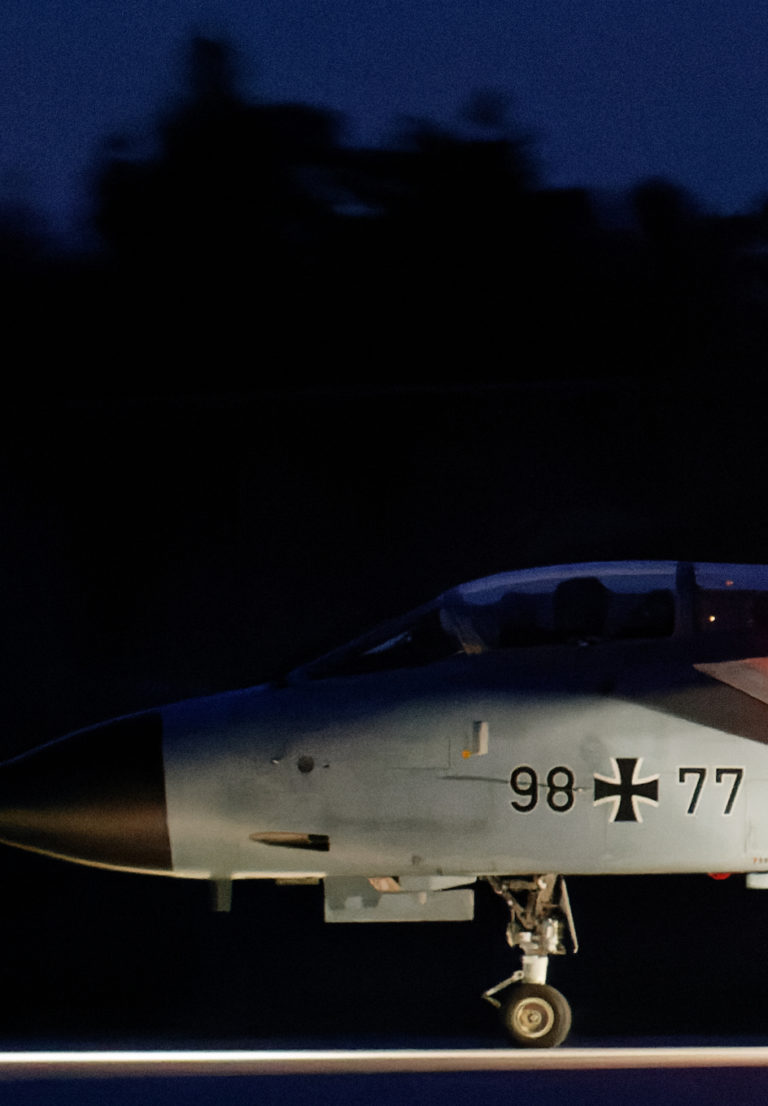

- DXO PURERAW VS TOPAZ DENOISE HOW TO
- DXO PURERAW VS TOPAZ DENOISE MANUAL
- DXO PURERAW VS TOPAZ DENOISE FULL
- DXO PURERAW VS TOPAZ DENOISE PRO
- DXO PURERAW VS TOPAZ DENOISE SOFTWARE

One thing I like about DXO that I didn't mention in my other post on this is I can get geometric lens corrections for odd combinations of lenses and bodies. I think someone who values the built-in adjustability of the Topaz tools over the 'no thinking required' of DXO could not be considered 'wrong'. But at a normal viewing level, I'm not convinced it matters all that much. The Demosaicing AI feature of DXO may play a part in overall detail retention on some photos, however. BUT, with Topaz, I can make adjustments to narrow that gap considerably.
DXO PURERAW VS TOPAZ DENOISE FULL
DXO PureRaw is a bit sharper than AI Clear mode in full auto, at an extreme zoom level.
DXO PURERAW VS TOPAZ DENOISE SOFTWARE
If you decide to purchase the software after you’ve tried it out, it will cost you US$69.99.There's not a lot of difference! Certainly, not enough to matter in my mind. The trial comes with zero limitations and any files you process during that time won’t be watermarked or otherwise comrpomised If you want to check out NoNoise AI for yourself then you can grab the 14-day free trial at the link below. As they mention in the warning, that feature is currently in beta and I’m sure they will improve it over time. Look closely at the background and feathers around the eye… the TIFF image shows much less detail and the background is quite mottled.Īt this point in time, I would only consider using NoNoise AI on RAW files. very! Using NoNoise AI on a non-RAW file results in much worse results than using a raw file. I thought I would test out just how different the two file types are.Īs it turns out…. If you try and open a non-RAW file in NoNoise AI you will get a warning telling you that the noise reduction is not optimised for rendered files such as JPEG or TIFF. You probably wouldn’t notice the difference in a print, and in fact I prefer to leave a tiny bit of noise in the background to give it a slight texture – but in terms of the amount of noise removed – NoNoise is the winner here, and you can always dial back the NoNoise settings if you want to leave some noise in. the NoNoise AI result though is a little cleaner than the DeepPRIME result. Once again, both applications have done a great job at removing noise and retaining detail. To get the DxO Image I opened the RAW file in DxO PureRAW, applied DeepPRIME and Optical Corrections before exporting it as a.
DXO PURERAW VS TOPAZ DENOISE HOW TO
I have written an article on how to remove this problem in DeNoise, but the NoNoise result is clearly better NoNoise vs DxO DeepPrime However, if you look closely, the background of the DeNoise AI image shows an ugly ‘mottled’ effect. You can see that noise has been significantly reduced in both files, and they both retain an excellent level of detail.
DXO PURERAW VS TOPAZ DENOISE MANUAL
To create the photo in DeNoise I processed the file in Lightroom with zero noise reduction or sharpening applied, then opened the file in PhotoShop and ran DeNoise AI with manual settings to get the best result I could. dng file and then processed in Lightroom to get the finished photo. The NoNoise photo was processed as a RAW file in NoNoise, saved as a. I didn’t just press the ‘auto’ button, but made sure to tweak each program to get the best results I could. Now let’s take a look at how the results from NoNoise compares to the competition.įor the below comparisons I put the original RAW file through a workflow to optimise the quality of the results in each program. I haven’t yet had a chance to test how all three applications go on my speedy Desktop machine, but I’ll be sure to add the results when I can.

As a comparison, Topaz DeNoise took 17 seconds and DxO PhotoLab took 28 seconds for the same file.
DXO PURERAW VS TOPAZ DENOISE PRO
On my 2018 MacBook Pro with Radeon 570 graphics, NoNoise processed the above 20 Megapixel file in less than two seconds. This doesn’t appear to be the case with NoNoise AI. One of the most complained about aspects of AI powered noise reduction tools is that they take ages to process each file. It is pretty clear in the above example that NoNoise has eliminated most, of the noise and has not sacrificed any of the fine feather detail in the process. Processed RAW File with no noise reduction The below comparison shows 100% crops of the raw file processed in Lightroom with zero noise reduction vs the same file run through NoNoise before processing. How does well does NoNoise AI do at removing noise from an ISO 8000 file from my Nikon D500? Before I get into a rant about the use of the ‘AI’ moniker: Lets check out how it performs That’s right, yet another ‘AI’ powered noise reduction application. Recently On1 have entered the fray with their latest offering: NoNoise AI Over the past twelve months or so, the race to have the best Noise Reduction software has been heating up.


 0 kommentar(er)
0 kommentar(er)
